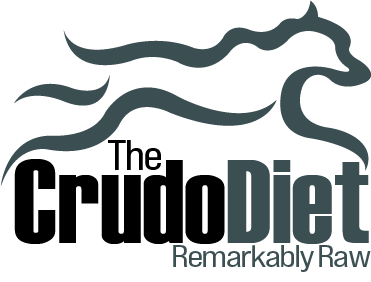What is a Raw Diet for Dogs ( And what is isn’t)?
Many pet owners wonder what a raw diet for dogs really means. To understand it fully, let’s first explore what it isn’t.
What a Raw Diet Isn’t
Most modern commercial dog foods are made from highly processed ingredients, including:
Rendered meat byproducts
Grains and fillers
Synthetic vitamins and additives
High-carbohydrate formulas that aren’t species-appropriate
These processed diets are designed for convenience and long shelf life but often lack the bioavailable nutrients found in fresh, whole foods. Many pet owners and veterinarians believe this contributes to common health issues in dogs, such as obesity, allergies, and digestive disorders.
What a Raw Diet Is
Dr. Ian Billinghurst, an Australian veterinarian, introduced the BARF diet (Biologically Appropriate Raw Food or Bones and Raw Food) in his 1993 book Give Your Dog a Bone. His philosophy is simple: dogs should eat what their ancestors ate for optimal health and longevity.
A properly balanced raw diet typically includes:
✅ Muscle Meat – Beef, chicken, turkey, lamb, etc.
✅ Raw Meaty Bones (RMBs) – Chicken necks, beef ribs, etc.
✅ Organs – Liver, kidney, heart, and other nutrient-dense organs
✅ Limited Plant Matter (Optional) – Small amounts of fruits and vegetables
Why Raw Feeding Gained Popularity
While raw feeding has existed in some form for centuries, Billinghurst’s book helped bring it into the mainstream, offering an alternative to commercial kibble. As more pet owners became aware of the potential drawbacks of ultra-processed foods, the raw diet movement gained traction. Today, many believe feeding dogs a natural, species-appropriate diet supports:
✔ Healthier skin and coat
✔ Improved digestion and smaller stools
✔ Stronger immune system
✔ Increased energy levels
✔ Better dental health from chewing raw bones
Final Thoughts
The raw diet isn’t just a trend—it’s a return to how dogs are meant to eat. Whether you're considering switching or just want to learn more, understanding the difference between raw and processed diets is the first step in making the best choice for your pet’s health.
